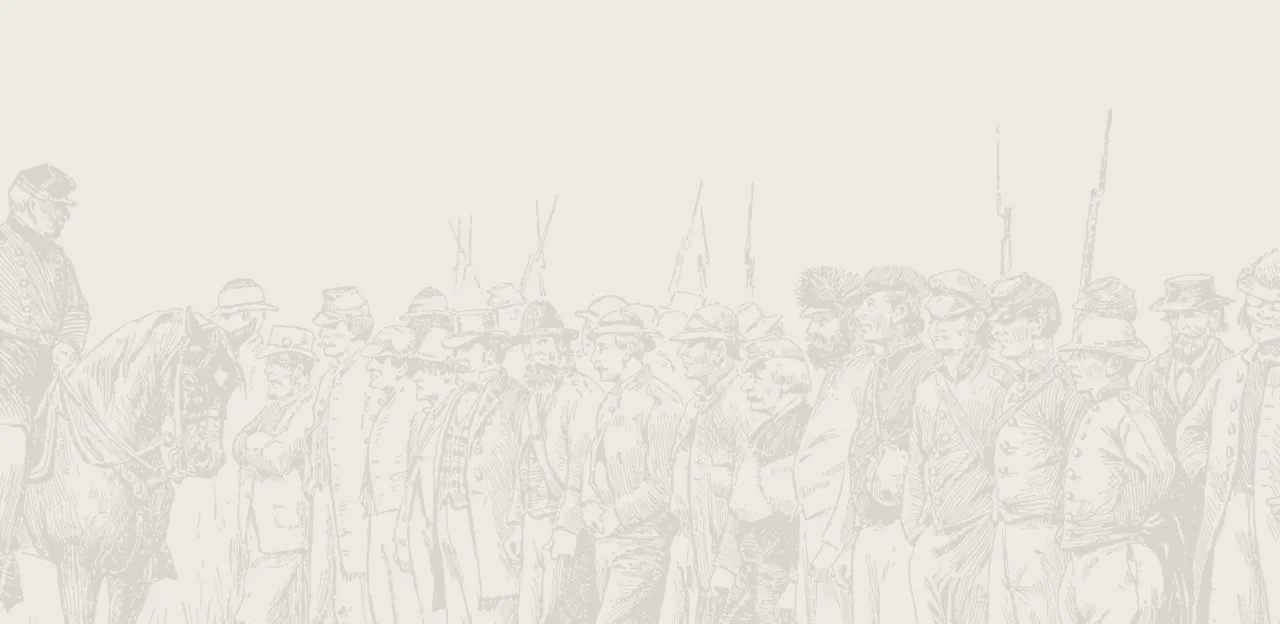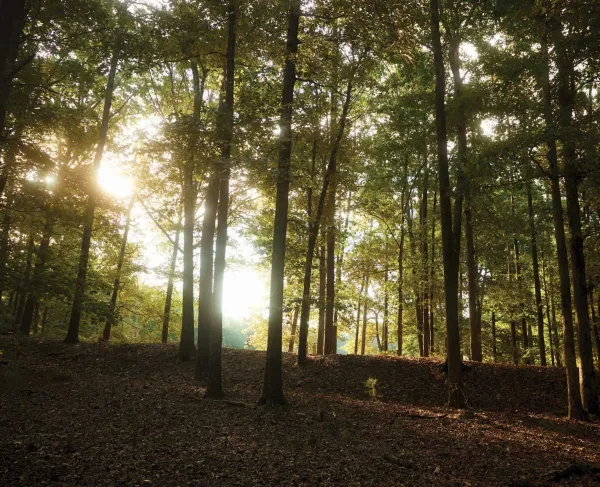Kernstown

The Battle of Kernstown
General Thomas J. “Stonewall” Jackson’s tenure as Confederate commander in the Shenandoah Valley began inauspiciously. After assuming command in November 1861, he maneuvered his men up and down the lower Valley, confounding Union thrusts southward but not posing an offensive threat. Thousands of his men were lost to sickness and reassignments during the winter months. By early 1862, a strong Union force under Brig. Gen. Nathaniel P. Banks in Winchester was poised to deliver a blow to Confederates in the Valley, while the Army of the Potomac under Maj. Gen. George B. McClellan prepared to move toward Richmond.
Jackson’s inaction convinced the Federals to pull a division from Banks and send it east to support McClellan. In mid-March, Jackson learned from his aggressive but inexperienced cavalry commander, Col. Turner Ashby, that the few remaining Federals around Winchester under Brig. Gen. James Shields were scattered and disorganized. Jackson forced marched his men down the Valley, covering 40 miles in two days. Thinking that the Federal force in Winchester was a brigade-sized detachment, Jackson prepared an assault. Shield’s command, however, consisted of a full division more than twice Jackson’s size.
On March 22, Ashby’s cavalry skirmished with Federal troops. Shields was wounded in the action and turned over command of the division to Col. Nathan Kimball. By the next morning, Jackson had pushed his infantry north on the Valley Pike and approached the Federal line drawn up at Kernstown, four miles south of Winchester. The 23rd was a Sunday, and the pious Jackson, normally adverse to fighting on the Sabbath, deemed it “God’s will” that he should attack that day.
Kimball’s position astride the Valley Pike was a good one. He placed one of his three brigades east of the turnpike to hold Ashby’s cavalry. A high, open plateau behind the Pritchard-Grim estate commanded the open fields and approaches to Winchester. Kimball placed two artillery batteries and an infantry brigade there and kept the regiments of Col. Erastus B. Tyler in reserve. The battle opened on the Confederate right, where Ashby was checked by Union skirmishers. On his left, Jackson positioned his Virginia infantry regiments atop Sandy Ridge, a wooded elevation that commanded Kimball’s position on Pritchard’s Hill. Kimball noticed the Confederate movement and deployed Tyler’s brigade on his right to counter the Rebels. Two Confederate brigades, the Stonewall Brigade under Brig. Gen. Richard Garnett and another brigade of Virginians under Col. Samuel Fulkerson, reached the top of the ridge first and positioned themselves behind a stone wall. Unexpectedly, Tyler moved his brigade forward towards the Confederates in a column of divisions. Instead of forming his five regiments in a line next to each other, he stacked them one behind the other, forming a massive blue column.
Tyler advanced his brigade but was temporarily checked by accurate fire from behind the stone wall. The Virginians, although reinforced, soon began to run out of ammunition, and with the advance of three regiments of Ohioans and Pennsylvanians, Jackson's men finally broke. Garnett gave the order for his exhausted and outnumbered Stonewall Brigade to retreat, a decision for which Jackson later reprimanded him and relieved him of command. Garnett would take Jackson’s shame with him until redeeming himself at Gettysburg the next summer.
Jackson, seeing his line demolished by the Union attacks, reluctantly ordered a retreat and pulled back up the Valley Pike. With 590 Union casualties and 718 losses for the Confederates, the first fight of the Valley Campaign of 1862 was over. While the Confederates under Jackson were beaten, there were more battles to come. Despite Jackson's tactical defeat, the boldness of his attack returned Union reinforcements into the Shenandoah Valley and away from Richmond, helping to ensure the survival of the Confederate capital.





